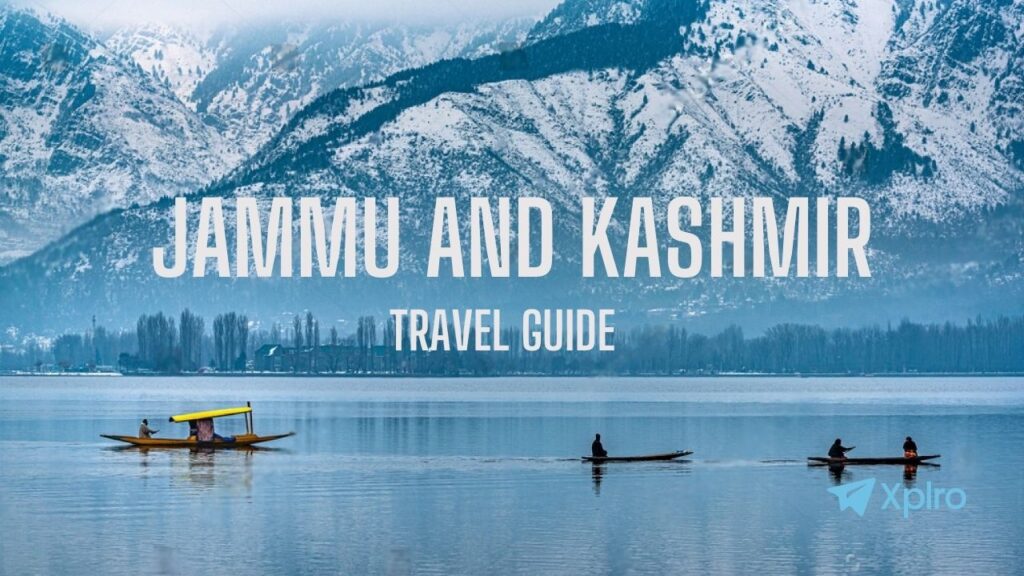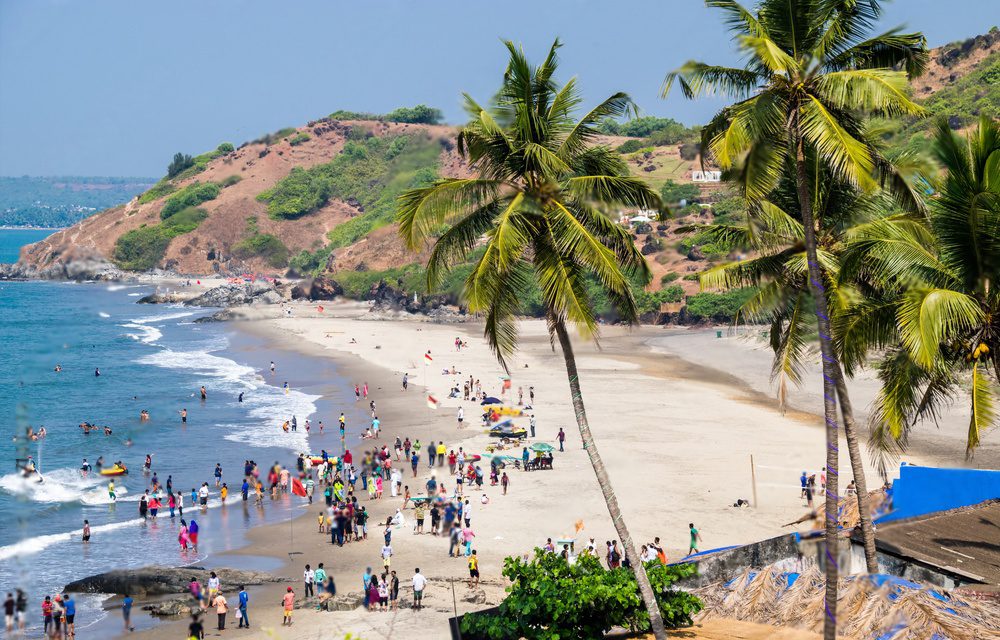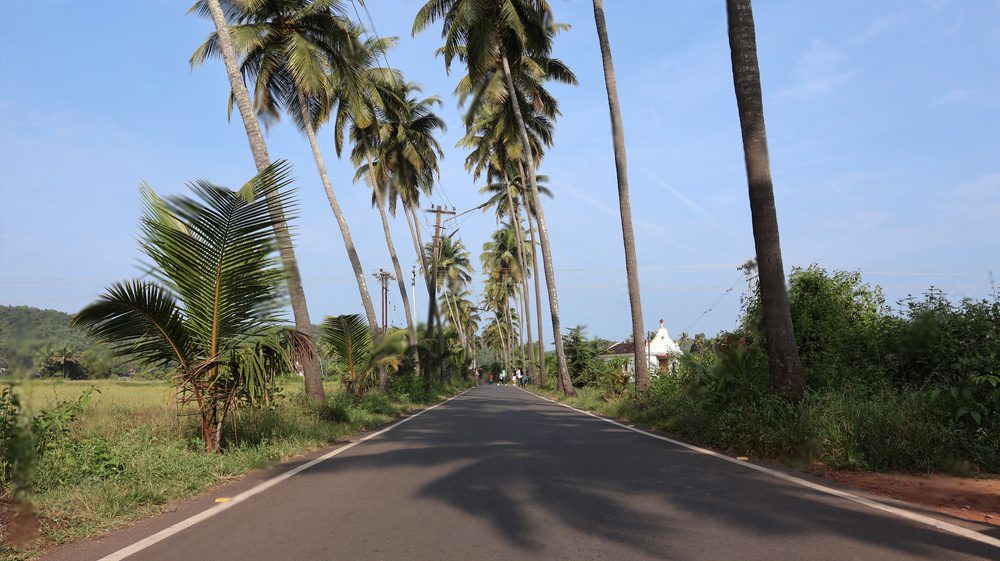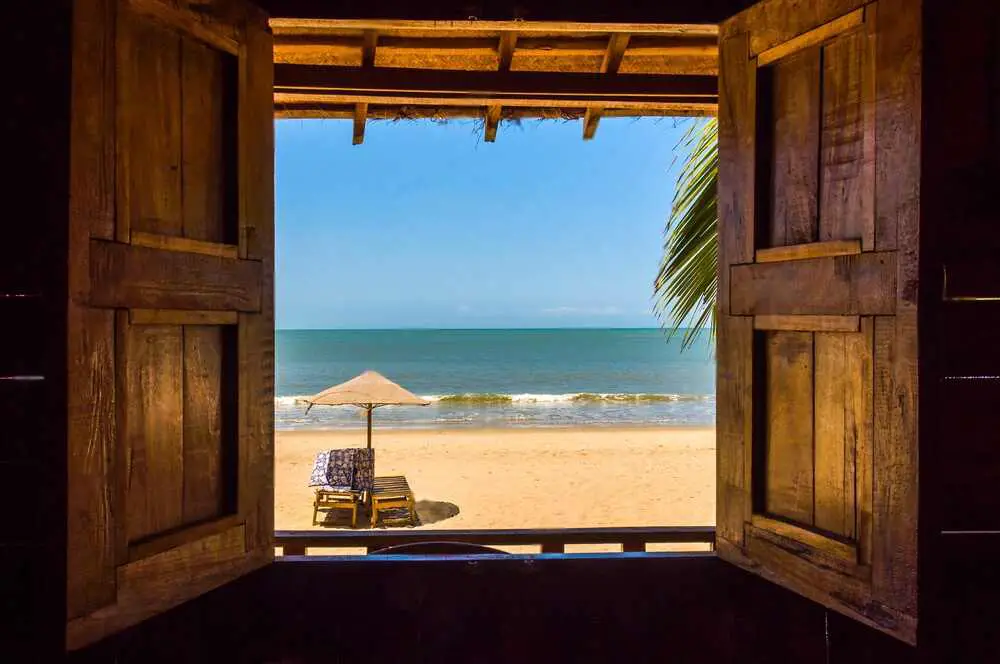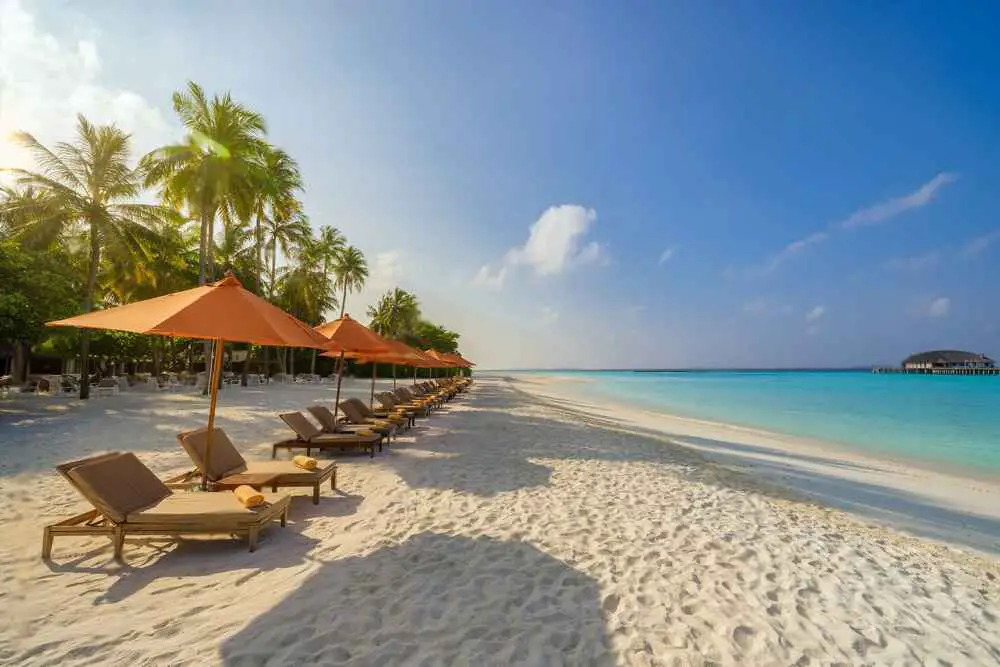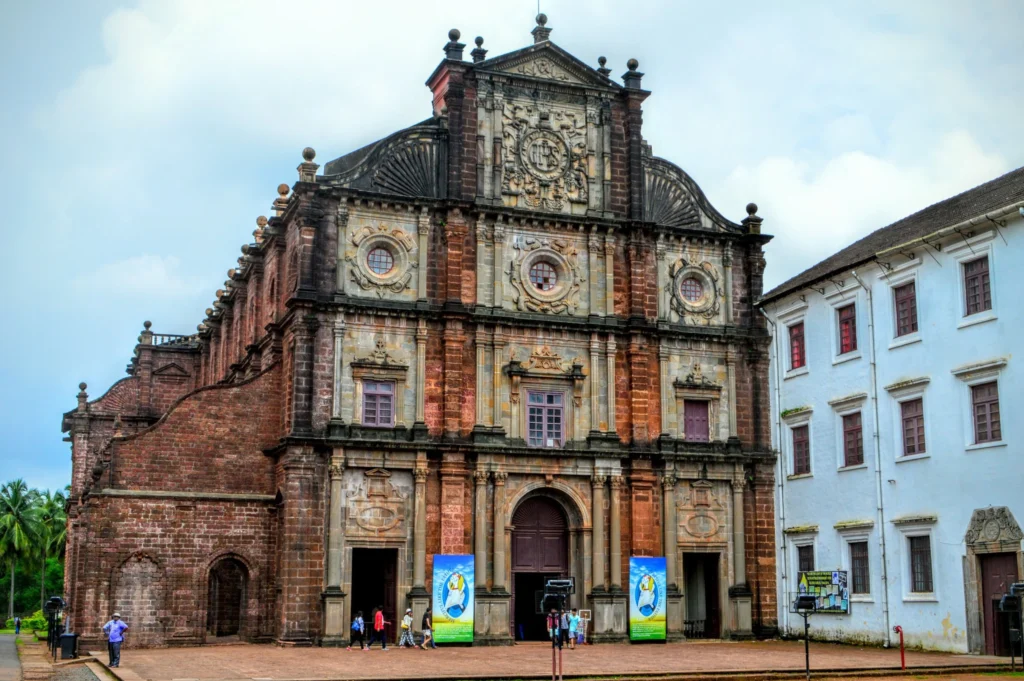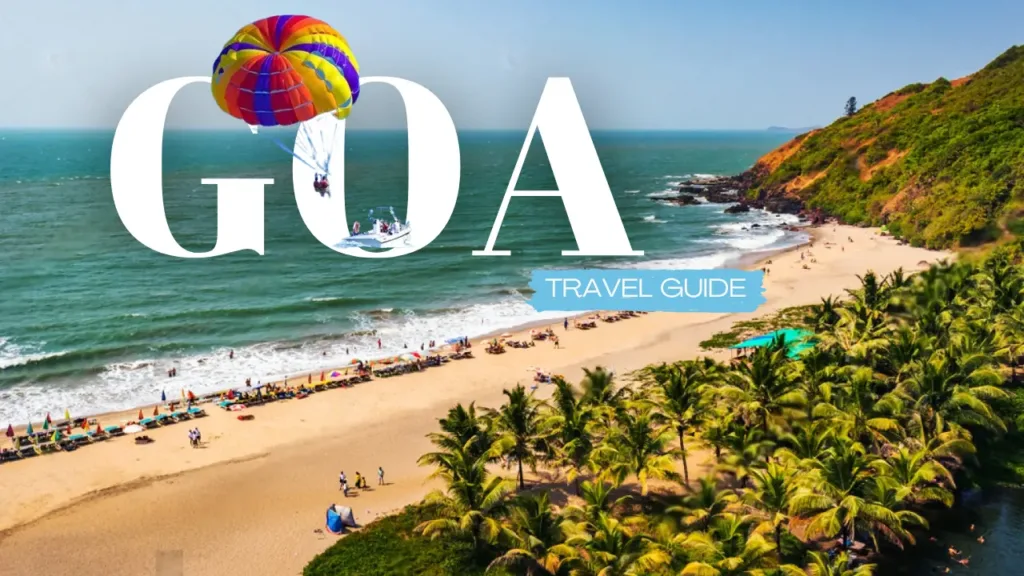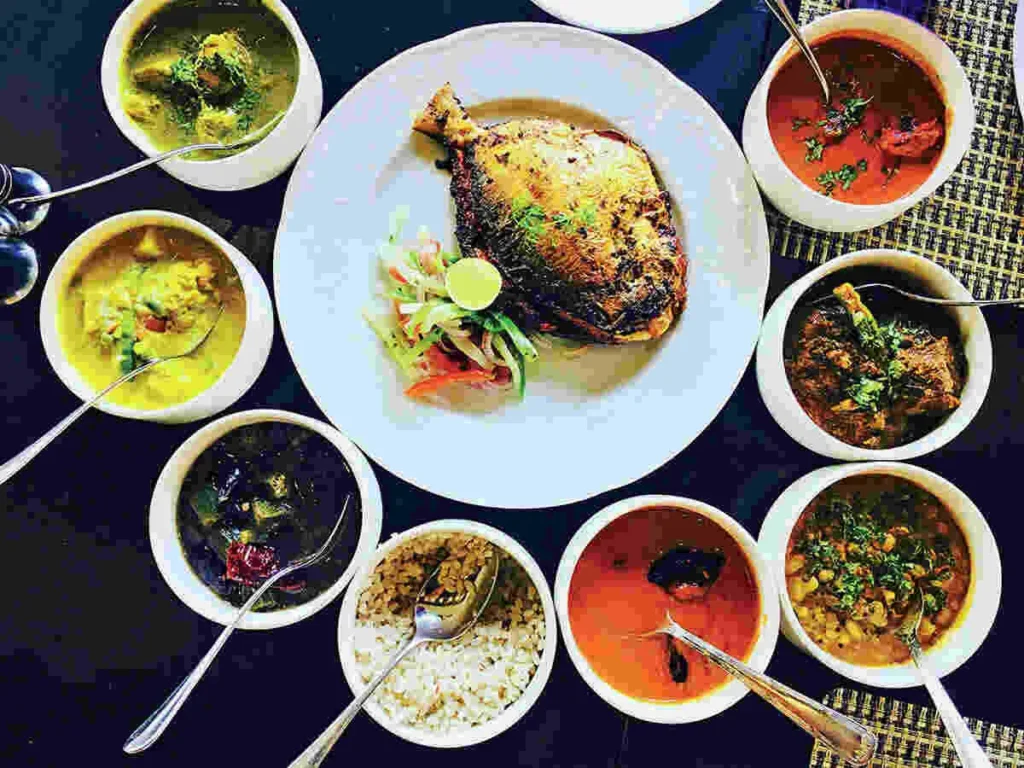Embark on an awe-inspiring journey to Jammu and Kashmir with jammu and kashmir travel guide, a paradise nestled in the Trikuta Mountains. Whether you’re a solo explorer, a family in search of quality time, or a traveler seeking unique experiences, this northern gem caters to every wanderlust. The enchanting blend of pristine landscapes and vibrant cultures makes Jammu & Kashmir a destination that beckons to be explored. Join us as we delve into the soul-stirring beauty and cultural tapestry that defines the essence of Jammu & Kashmir with Xplro. Let this travel guide be your companion in uncovering the mysteries and wonders of this captivating region.
How to Reach Jammu and Kashmir:
By Air:
The most convenient way to reach Jammu and Kashmir is by air. Srinagar and Jammu are the two main airports serving the region. Srinagar’s Sheikh ul-Alam International Airport (SXR) and Jammu’s Satwari Airport (IXJ) are well-connected to major cities in India like Delhi, Mumbai, Bangalore, and others
By Train:
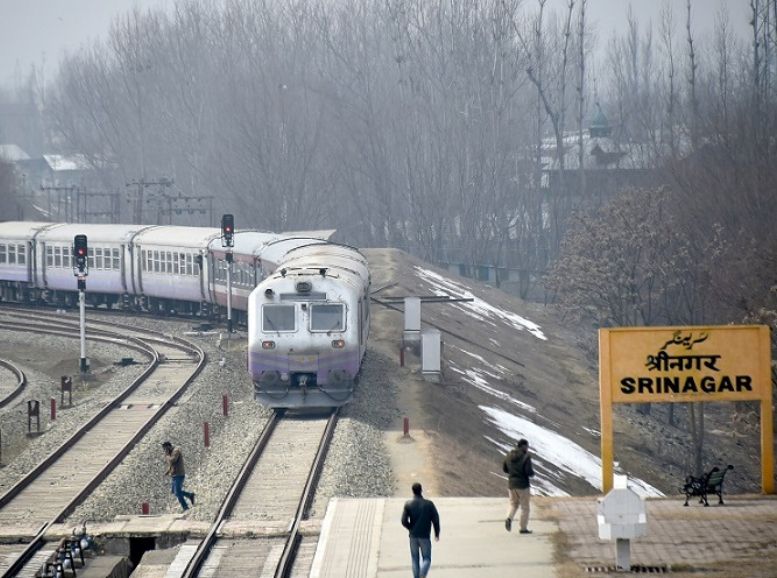

Jammu serves as the main railway station for Jammu and Kashmir. It is well-connected to major cities like Delhi, Kolkata, Mumbai, Chennai, and others via regular train services. From Jammu, you can further travel to other parts of the state by road.
By Road:
Jammu and Kashmir can be accessed by road via neighboring states. The National Highway 44 (NH44) connects Jammu with major cities like Delhi, Chandigarh, and Amritsar. Additionally, there are several other national and state highways connecting different parts of the state to nearby regions.
By Bus:
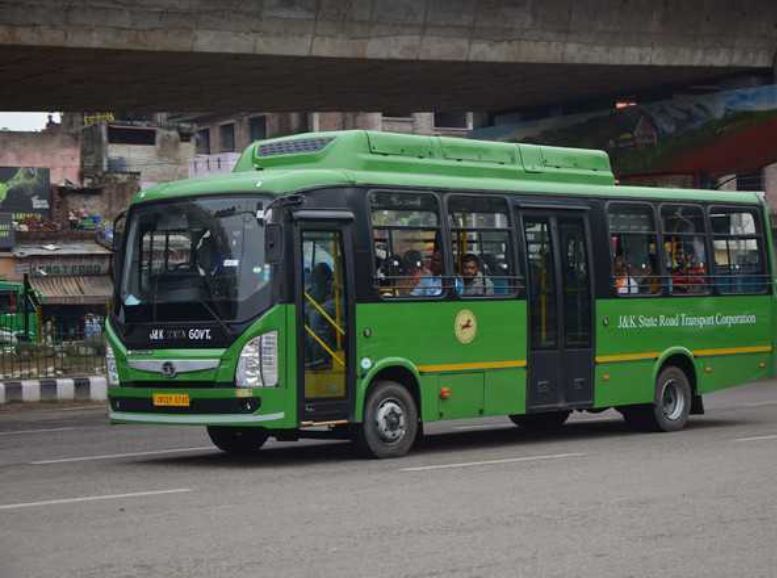

State-run and private buses ply regularly between Jammu and Kashmir and neighboring states like Punjab and Himachal Pradesh. Deluxe, semi-deluxe, and ordinary buses are available depending on the comfort and budget preferences.
By Car:
You can also reach Jammu and Kashmir by driving your own vehicle or hiring a taxi from nearby cities. However, it’s important to check the road conditions, especially during winters, as some routes may be affected by snowfall.
Best Time to Visit Jammu and Kashmir:
Jammu and Kashmir’s landscapes and a captivating blend of natural beauty and cultural richness. However, the ideal time to visit depends on your preferences and desired experiences:
For Pleasant Weather and Sightseeing:
- March to May (Spring): Spring paints the valley in vibrant colors with blooming flowers and offers comfortable temperatures, making it ideal for sightseeing and exploring historical sites like Mughal Gardens and ancient temples.
For Adventure Enthusiasts:
- June to September (Summer): Summer offers clear skies and pleasant weather, perfect for trekking in higher altitudes, white water rafting on the Indus River, and exploring glaciers like Sonamarg’s Thajiwas Glacier. Be mindful of occasional afternoon showers, especially towards the end of the season.
For Witnessing Snowfall:
- October to February (Winter): Winter transforms the landscape into a wonderland, with snow-clad mountains and frozen lakes. This period is ideal for winter sports like skiing in Gulmarg and experiencing the beauty of snow-covered landscapes. However, be prepared for colder temperatures, potential road closures, and limited options for certain activities.
For Budget Travelers:
- April & September (Shoulder Seasons): These shoulder seasons offer a balance between pleasant weather and potentially lower travel costs compared to peak seasons. However, be prepared for slightly unpredictable weather patterns, with the possibility of occasional rain in April and cooler temperatures in September.
Festival Seekers:
- Throughout the year: Jammu and Kashmir celebrates various vibrant festivals throughout the year. Navratri (celebrating the nine forms of Durga) and Dussehra (the victory of good over evil) are particularly popular, offering a glimpse into the local culture and traditions. Research specific festivals and their dates to plan your trip around these cultural experiences.
Must-See Attractions:
Srinagar – Summer Capital
Dal Lake


Dal Lake, nestled in the heart of Srinagar, is a picturesque jewel of Kashmir Valley. Its tranquil waters reflect the majestic surrounding mountains, creating a mesmerizing vista. Visitors can experience the unique charm of staying in traditional houseboats adorned with intricate woodwork. Shikara rides offer a serene journey through the floating gardens and vibrant markets dotting the lake’s periphery.
Mughal Gardens


The Mughal Gardens in Srinagar are a testament to the architectural brilliance of the Mughal era, offering a splendid fusion of Persian and Kashmiri styles. These meticulously landscaped gardens, including Shalimar Bagh, Nishat Bagh, and Chashme Shahi, are adorned with vibrant flowers, lush greenery, and cascading fountains.
Shankaracharya Hill


Shankaracharya Hill, also known as Takht-e-Suleiman, is a prominent hill located in Srinagar, Jammu and Kashmir. Rising to an elevation of approximately 1,000 feet above the city, it offers breathtaking panoramic views of Srinagar and the surrounding areas, including Dal Lake. At the summit stands the Shankaracharya Temple, dedicated to Lord Shiva. Believed to have been established by Adi Shankaracharya during the 9th century, it is an important pilgrimage site for Hindus.
Wazwan Feast
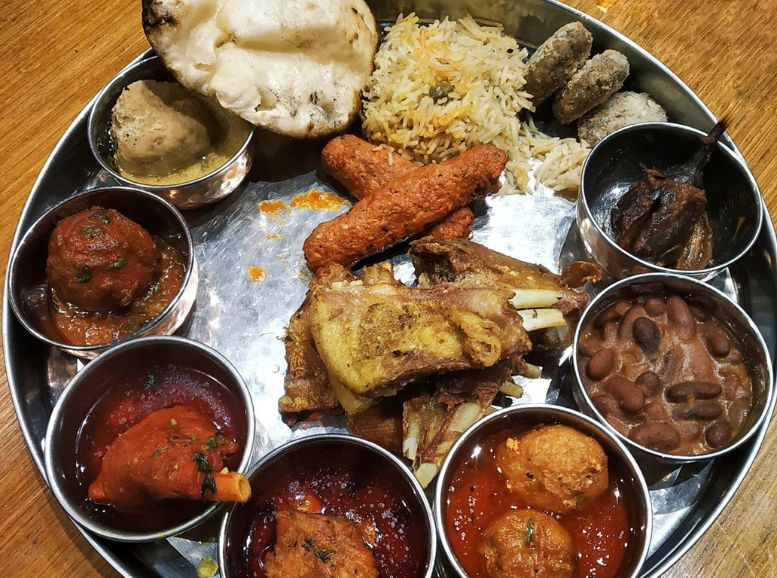

Wazwan Feast is a traditional Kashmiri multi-course meal, renowned for its elaborate preparation and rich flavors. It typically consists of numerous dishes, each meticulously crafted using a variety of spices and cooking techniques. Some signature dishes of Wazwan include Rogan Josh (a flavorful lamb dish cooked in a rich gravy), Rista (meatballs cooked in a spicy sauce), Gushtaba (minced meatballs cooked in a creamy yogurt gravy), and Tabak Maaz (deep-fried lamb ribs).
Jammu – Winter Capital:
Vaishno Devi Temple:
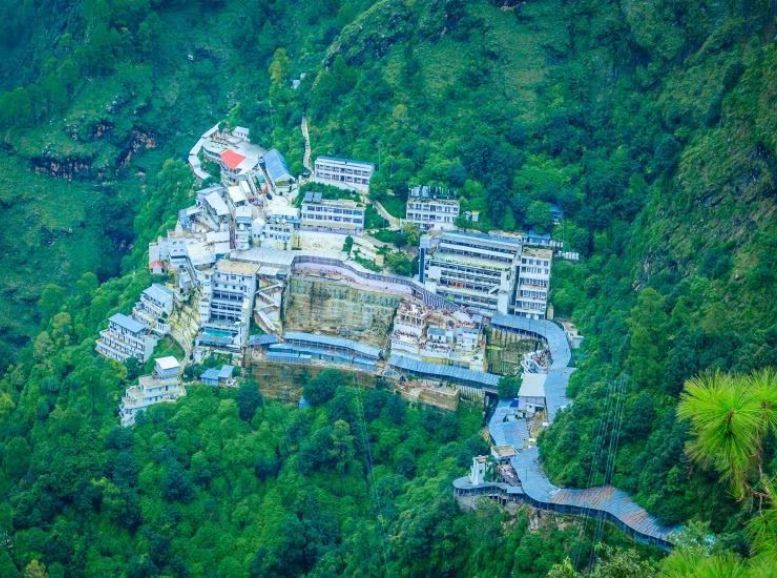

Nestled amidst the Trikuta Mountains, Vaishno Devi Temple beckons devotees with its mystical aura. Pilgrims trek through rugged paths, fueled by faith and devotion, to seek blessings from the divine Mother Goddess. Within the sacred cave shrine, whispers of prayers mingle with the echoes of ancient chants, evoking a profound sense of spirituality.
Raghunath Temple:
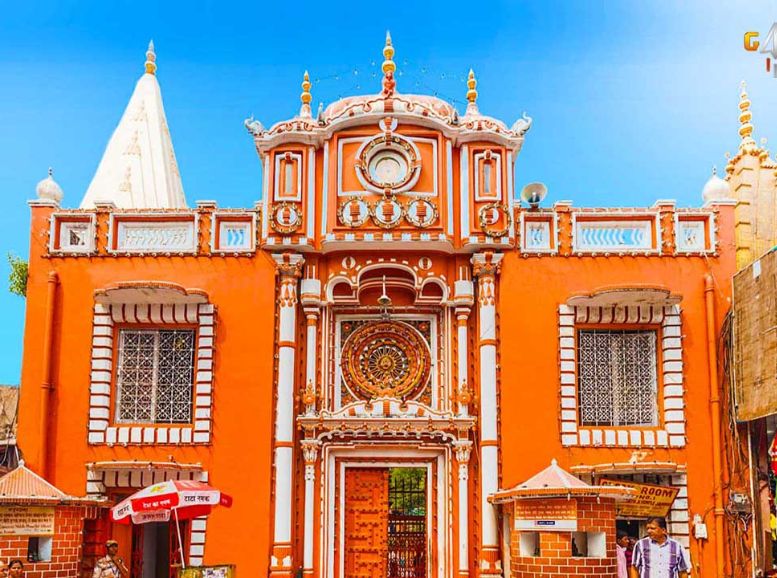

Nestled in the heart of Jammu city, Raghunath Temple stands as a testament to centuries-old devotion and architectural grandeur. Dedicated to Lord Rama, the temple complex is an oasis of tranquility amidst the bustling streets. Its towering spires and intricate carvings narrate tales of timeless faith and divine grace. Within its sacred precincts, devotees find solace, offering prayers and seeking blessings for harmony and prosperity.
Amar Mahal:
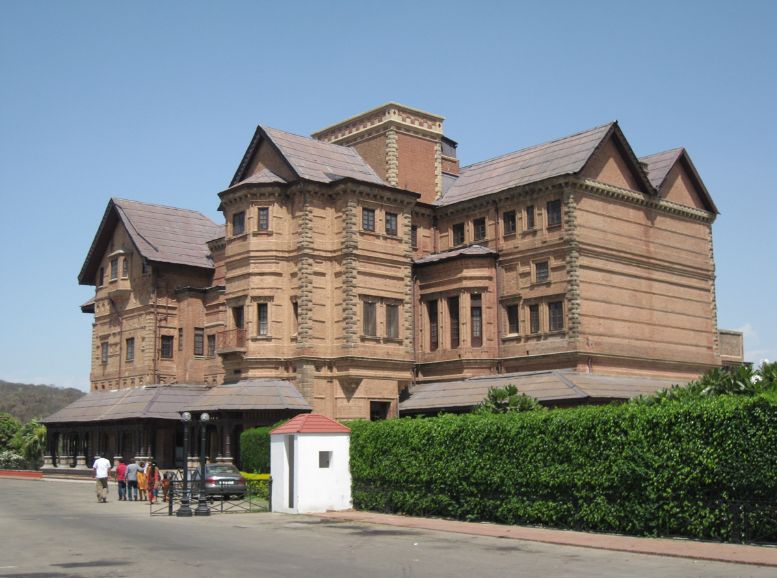

Perched elegantly atop a hill overlooking the picturesque Tawi River, Amar Mahal stands as a majestic testament to Jammu’s regal heritage. This architectural marvel, with its imposing red sandstone facade and intricate Rajputana design, evokes a sense of timeless splendor. Once the residence of the royal family of Jammu and Kashmir, today, it serves as a museum, preserving the rich cultural legacy of the region.
Raghunath Bazar & Hari Market:


In the heart of Jammu city lies Raghunath Bazar, a bustling marketplace steeped in history and vibrant culture. Its narrow lanes are adorned with colorful stalls offering an array of traditional handicrafts, exquisite fabrics, and aromatic spices, enticing visitors with their myriad delights. Nearby, Hari Market exudes a lively atmosphere, where the rhythmic chatter of vendors and the aroma of street food fill the air.
Gulmarg – Winter Wonderland:
Skiing & Gondola Rides:
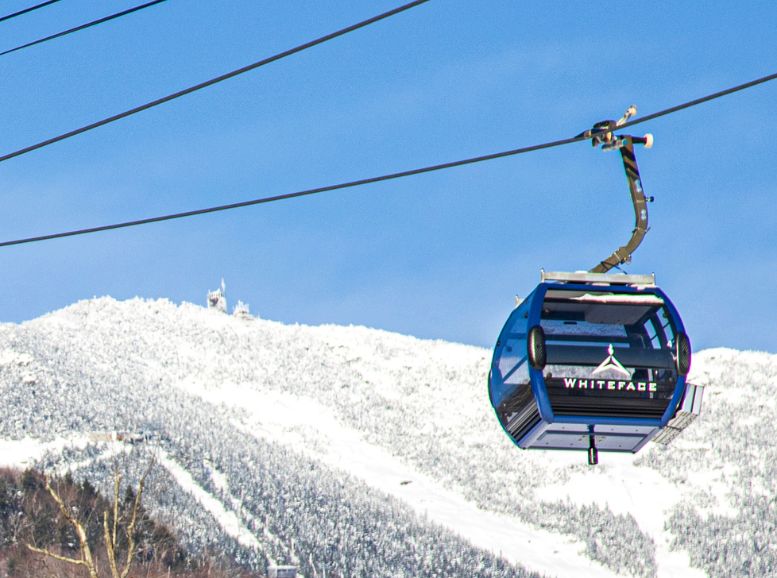

Nestled amidst the snow-capped peaks of Gulmarg, skiing and gondola rides offer an exhilarating experience in the lap of nature. As skiers glide down pristine slopes, surrounded by breathtaking vistas of the Himalayas, adrenaline rushes and spirits soar. The Gulmarg Gondola, one of the highest cable cars in the world, provides an awe-inspiring journey to lofty heights, offering panoramic views of meadows and valleys below.
Trekking & Golfing:
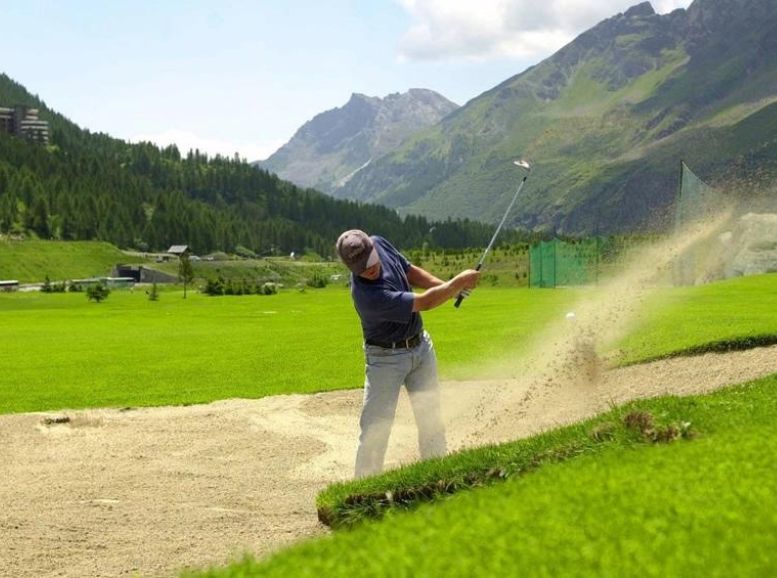

In the rugged terrain of Jammu and Kashmir, trekking unveils a world of natural wonders and cultural riches. Trails meander through lush valleys, dense forests, and towering peaks, offering adventurers an immersive journey into the heart of the Himalayas. From the iconic trek to the stunning alpine lakes of Kashmir like the Great Lakes trek to the challenging trails of Ladakh’s Markha Valley, every step reveals breathtaking vistas and encounters with local communities, steeped in centuries-old traditions.
Khilanmarg: Jammu and Kashmir
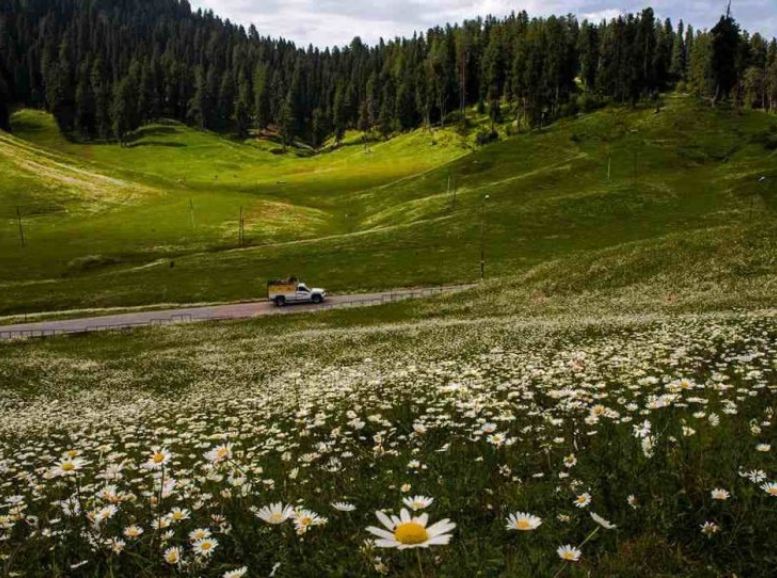

Nestled in the lap of the Pir Panjal range, Khilanmarg offers a serene escape amidst the lofty peaks and verdant meadows of Gulmarg in Jammu and Kashmir. Trekking through this alpine paradise unveils panoramic vistas of snow-clad mountains and carpeted fields of vibrant wildflowers, painting a picture of ethereal beauty. As adventurers traverse the winding trails, they are greeted by the gentle melodies of nature and the occasional glimpse of native wildlife.
Pahalgam – Serene Haven
Aru Valley & Betaab Valley:
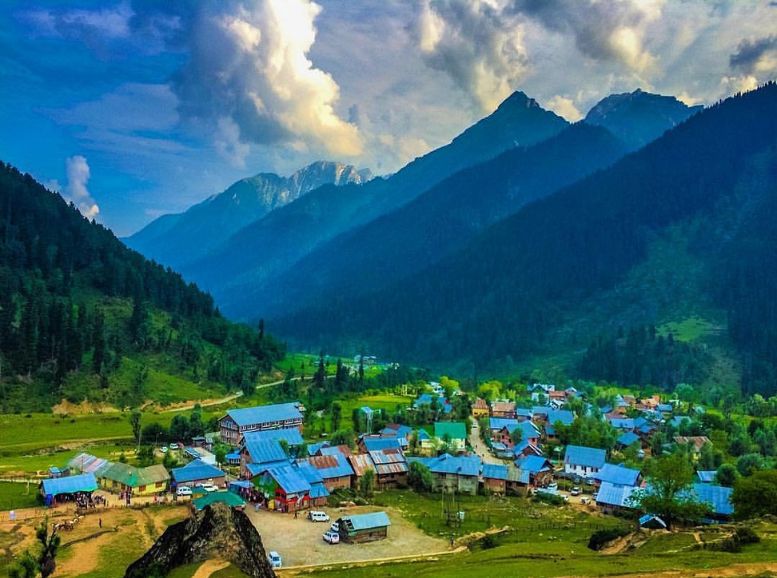

Nestled amidst the towering Himalayas, Aru Valley and Betaab Valley beckon with their serene beauty. Aru Valley, with its meandering streams and lush meadows, offers a tranquil retreat from the hustle and bustle of city life. On the other hand, Betaab Valley enchants visitors with its picturesque landscapes and vibrant flora, reminiscent of scenes from a romantic Bollywood film. Surrounded by snow-capped peaks, both valleys provide an idyllic setting for nature enthusiasts and adventure seekers alike.
Lidder River:
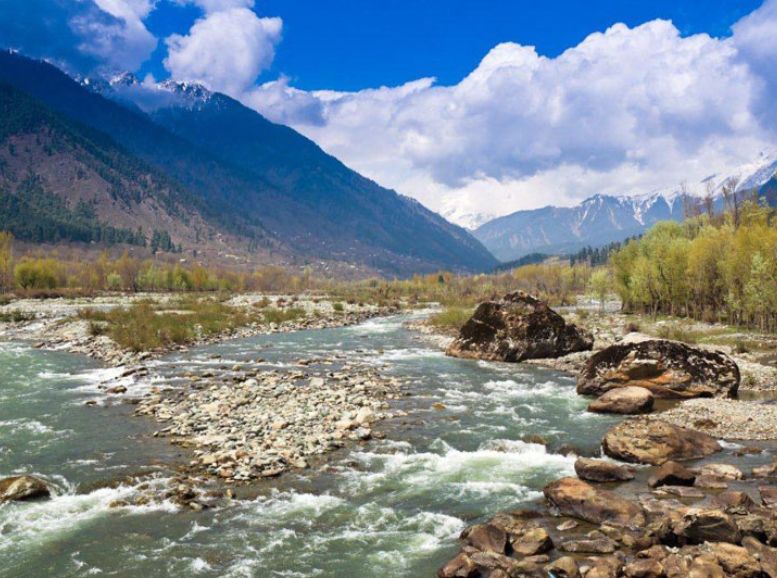

Flowing gracefully through the heart of Kashmir Valley, the Lidder River is a lifeline of natural beauty and tranquility. Carving its way through verdant meadows and rocky gorges, it mirrors the timeless allure of the Himalayan landscape. Fed by glacial waters, its pristine currents offer a sanctuary for diverse flora and fauna, painting a picture of ecological harmony. Along its banks, travelers find solace in the gentle murmur of its waters and the soothing embrace of nature’s serenity.
Baisaran Meadows:
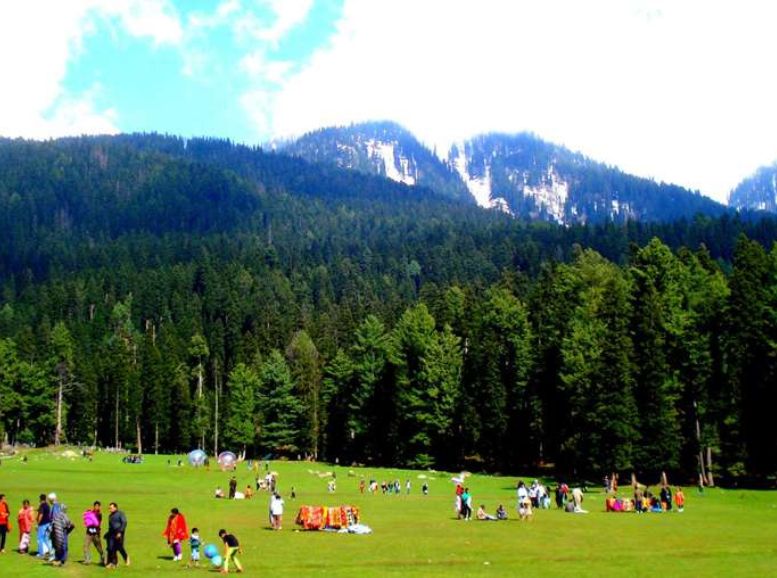

Nestled amidst the rugged terrain of Pahalgam, the Baisaran Meadows unfold like a verdant carpet beneath the watchful gaze of snow-capped peaks. Enveloped in an aura of serenity, these meadows offer a tranquil sanctuary for weary souls seeking solace in nature’s embrace. As the sun casts its golden glow upon the rolling hills, travelers are transported to a realm of timeless beauty and tranquility. Surrounded by towering conifers and fragrant wildflowers, Baisaran beckons with its pristine charm, inviting visitors to linger and lose themselves in the poetry of the mountains.
Mamleshwar Temple:
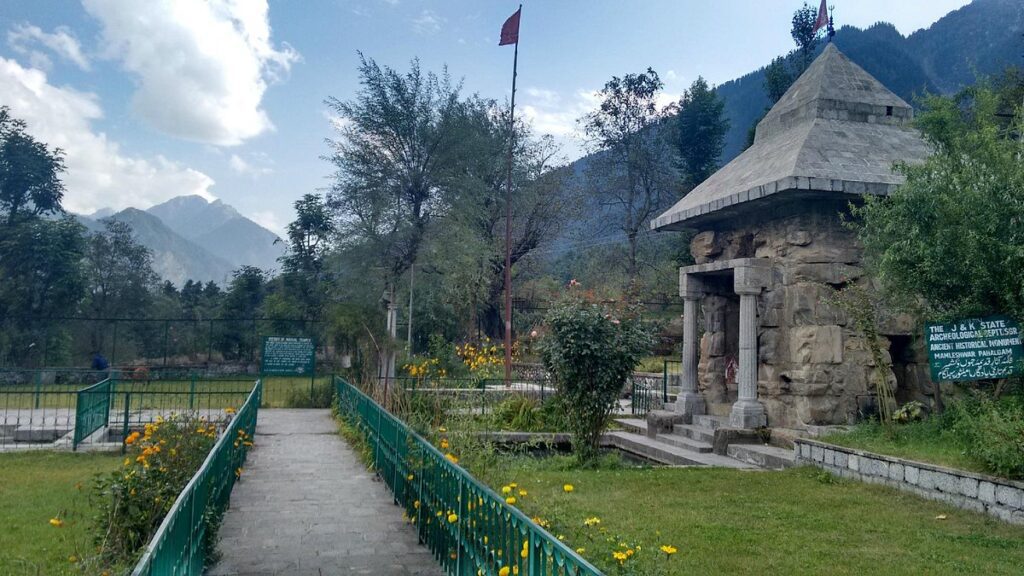

Perched serenely on the banks of the Lidder River in Pahalgam, Mamleshwar Temple stands as a timeless symbol of spiritual reverence and architectural grace. Dedicated to Lord Shiva, this ancient temple exudes an aura of tranquility amidst the verdant beauty of Kashmir Valley. With its intricately carved stone walls and towering spires, it pays homage to the rich cultural heritage of the region. Pilgrims and devotees flock here to offer prayers and seek blessings, drawn by the divine presence that permeates its hallowed halls.
Amarnath Cave Temple:
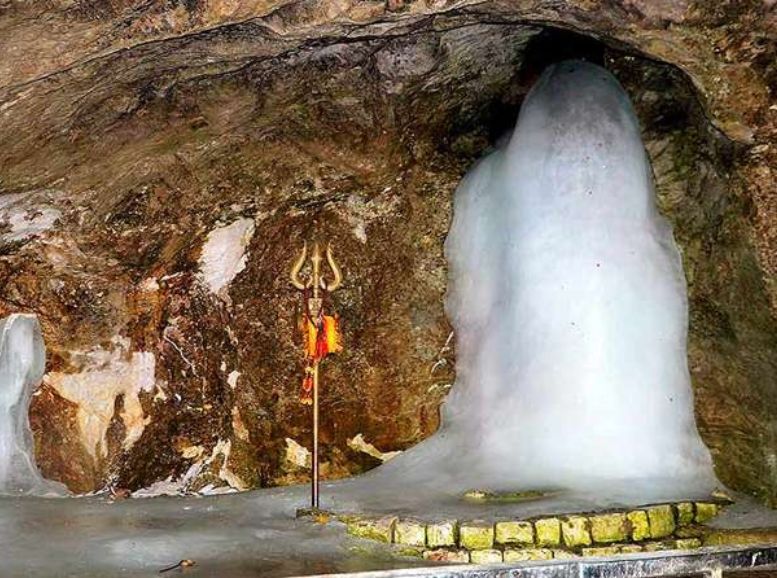

The Amarnath Cave, nestled amidst the majestic Himalayas in Jammu and Kashmir, is a revered Hindu shrine dedicated to Lord Shiva. This natural ice lingam formation, revered as a sacred manifestation of Shiva, attracts thousands of pilgrims each year during the summer months. The Amarnath Yatra, a challenging yet rewarding pilgrimage, involves trekking through breathtaking landscapes to reach the cave and witness this natural wonder.
Thajiwas Glacier:
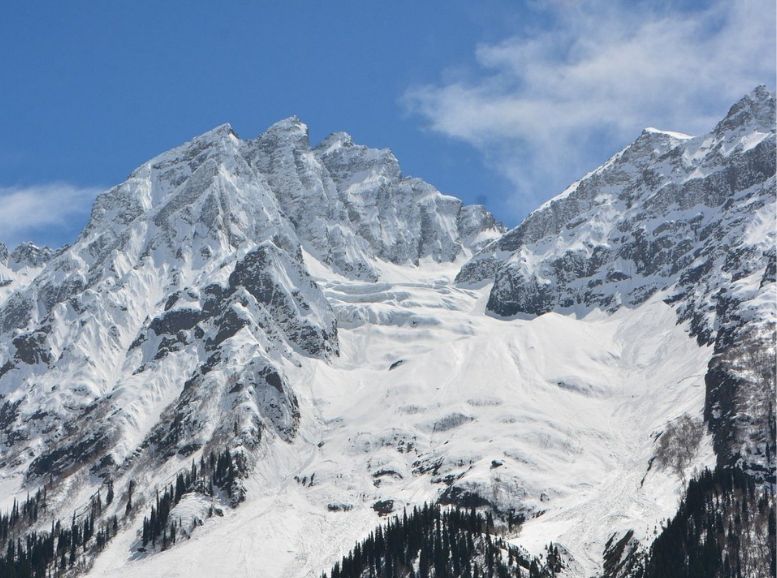

Embark on a thrilling journey to the Thajiwas Glacier, perched at an altitude of around 3,000 meters. This majestic glacier, shrouded in mist and surrounded by snow-clad peaks, offers breathtaking views and a unique opportunity to experience the eternal beauty of the Himalayas. You can either trek up to the glacier, enjoying the scenic route, or opt for a pony ride for a more relaxed experience.
Nilagrad River:
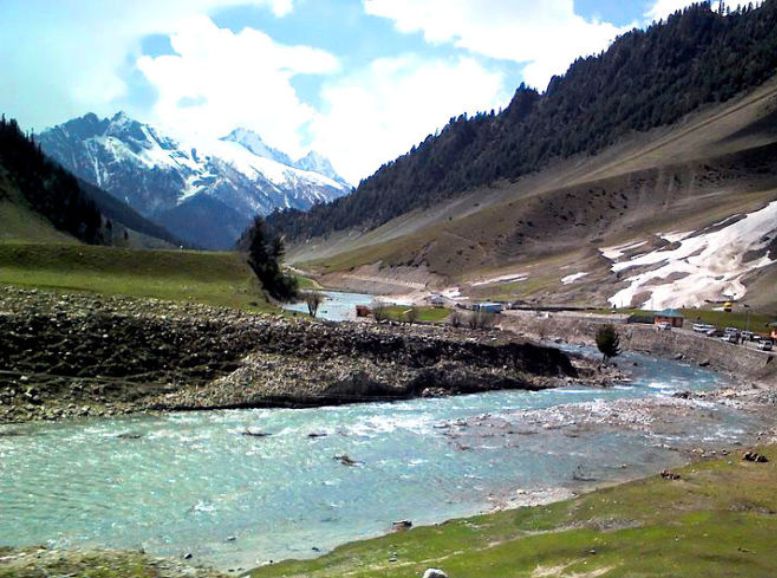

Immerse yourself in the tranquility of nature at the Nilagrad River, known for its crystal-clear waters and reddish hue. This sacred river is believed to possess curative properties, attracting devotees who take a holy dip in its refreshing waters. The confluence of the Nilagrad River with the Indus River creates a picturesque landscape, perfect for a picnic or a leisurely stroll along the riverside.
Krishnasar Lake:
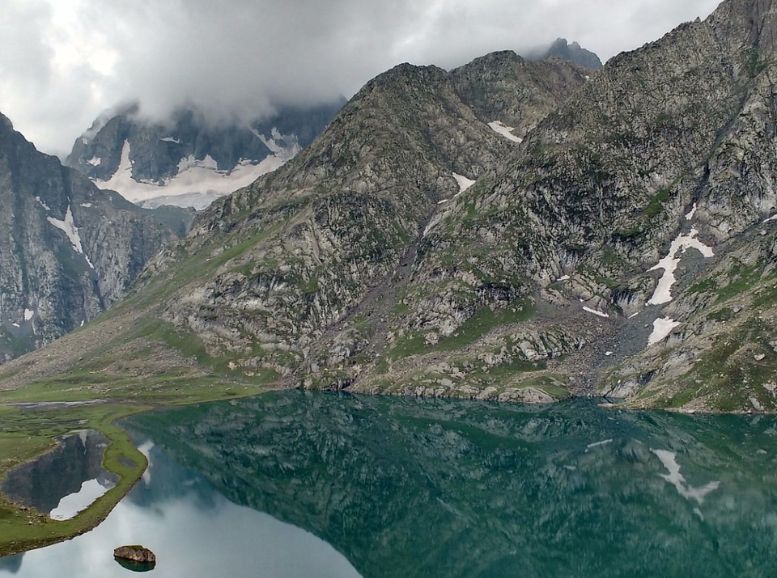

Nestled amidst meadows and towering mountains, Krishnasar Lake is a haven for peace and serenity. This emerald green lake, named after Lord Krishna, reflects the surrounding beauty and offers a tranquil escape from the hustle and bustle of everyday life. Enjoy a scenic boat ride on the lake, surrounded by breathtaking mountain vistas.
Ganderbal:
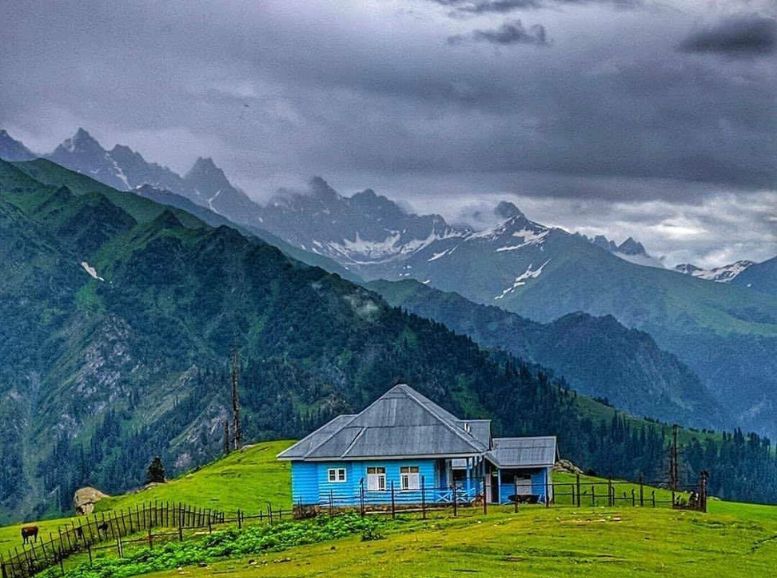

Explore the charming town of Ganderbal, located on the banks of the Sindh River. This town is known for its traditional Kashmiri architecture, friendly locals, and vibrant bazaars. Immerse yourself in the local culture, shop for souvenirs, and savor delicious Kashmiri cuisine in Ganderbal.
Mamaliga Pass:
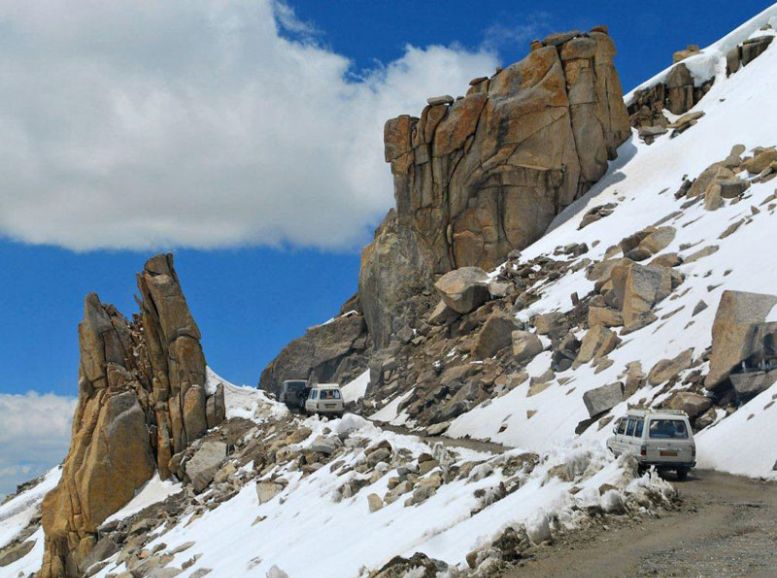

For adventure seekers, the Mamaliga Pass, also known as the Zola Pass, offers a challenging yet rewarding trek route. This high-altitude pass, situated at over 4,000 meters, provides panoramic views of the Himalayas and a sense of accomplishment upon reaching the summit. However, this trek is recommended only for experienced trekkers due to its challenging terrain and weather conditions.
Food Delights:
- Rogan Josh: Savor the rich flavors of this lamb curry infused with aromatic spices.
- Yakhni: Indulge in a soothing yogurt-based curry, perfect for Kashmir’s cool climate.
- Kashmiri Tea (Kahwa): Relish traditional tea amidst the serene surroundings.
Must-Try Local Experiences:
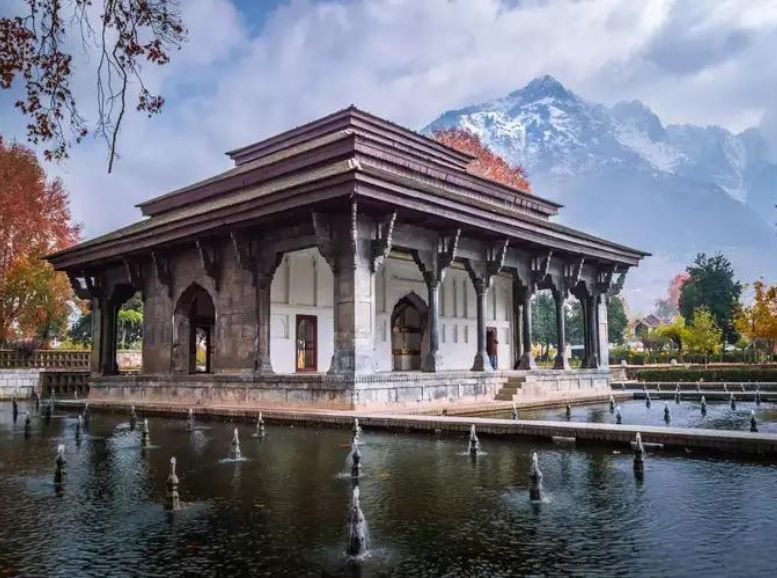

- Shikara Ride in Dal Lake: Immerse yourself in the tranquility of Srinagar.
- Wazwan Feast: Indulge in the rich Kashmiri culinary heritage.
- Sonamarg Stroll: Take a stroll along the Sindh River and enjoy the tranquility of the meadows.
- Kashmiri Cuisine: Delight your taste buds with Wazwan, a traditional multi-course feast.
- Shawl Shopping in Srinagar: Take home exquisite Pashmina shawls, a local specialty.
- Sonamarg Exploration: Engage in pony rides or trekking to high-altitude lakes for panoramic views.
Packing Essentials:
- Warm Clothing: Pack layers for the cool climate, even in summers.
- Comfortable Footwear: Suitable for exploring hilly terrains and trekking.
- Medication: Include prescribed medicines and a basic first aid kit.
- Secure Pouch: Safeguard travel documents like ID and travel insurance.
- Versatile Backpack: Ideal for day trips and carrying essentials.
jammu and kashmir travel guide Tips:
- Currency: Use Indian Rupee (INR) locally; credit cards are accepted in major cities.
- Local Etiquette: Respect local customs, particularly in places of worship.
- Weather Preparedness: Pack clothes suitable for diverse temperatures.
- Stay Hydrated: Carry a refillable water bottle to combat the warmer regions.
- Culinary Adventures: Try local cuisine but exercise caution with street food.
Conclusion:
Jammu & Kashmir unfolds as a captivating destination with its breathtaking beauty and cultural richness. Whether sailing on Dal Lake, savoring the flavors of Wazwan, embarking on a spiritual journey to Vaishno Devi in Katra, or exploring the pristine landscapes of Sonamarg, every moment is a cherished experience. Pack your bags, respect local traditions, and let the charm of Jammu & Kashmir leave an indelible mark on your travel memories. #ExploreWithXplro #TravelJammuKashmir #DiscoverIndia
Please share your travel experience and comments!!
FAQs:
Is Jammu and Kashmir safe to visit?
- While generally safe, exercising caution and common sense is crucial. Research specific areas and follow safety guidelines.
What is the best time to visit Jammu and Kashmir?
- The ideal time depends on your preferences. Spring (March-May) offers pleasant weather, summer (June-September) is good for adventure, and winter (October-February) is perfect for snow activities.
Do I need a visa to visit Jammu and Kashmir?
- For Foreigners, Visa requirements can change, so check with the nearest Indian embassy or consulate for the latest information. For Indians, Not required.
What currency is used in Jammu and Kashmir?
- The Indian Rupee (INR) is the official currency.
How can I get around Jammu and Kashmir?
- Taxis, buses, and shared cabs are readily available. Flights connect major cities within the state.
What are some adventure activities in Jammu and Kashmir?
- Options include trekking in Himalayas, white water rafting, skiing in Gulmarg, and mountain biking.
What are some cultural experiences in Jammu and Kashmir?
- Visit historical sites like Mughal Gardens and ancient temples, participate in vibrant festivals like Navratri and Dussehra, and experience local cuisine.
What are some must-see places in Jammu and Kashmir?
- Popular destinations include Srinagar, Gulmarg, Pahalgam, Sonamarg, and Leh.
What are my accommodation options in Jammu and Kashmir?
- The state offers budget guesthouses, comfortable mid-range hotels, and luxurious houseboats.
Do I need to rent a car in Jammu and Kashmir?
- Public transportation is readily available, but renting a car offers flexibility, especially for exploring remote areas.
What is the local language spoken in Jammu and Kashmir?
- Hindi and Kashmiri are widely spoken, with English understood in major tourist areas.
What are some helpful resources for planning a trip to Jammu and Kashmir?
- Official tourism websites, travel blogs, and guidebooks offer valuable information.
What are some things to pack for a trip to Jammu and Kashmir?
- Pack based on the season. Light clothes for summer, warm layers and waterproof gear for winter, and comfortable shoes for walking.
What are some local customs and traditions to be aware of?
- Dress modestly, especially in religious places. Respect local customs and traditions to ensure a smooth and respectful experience.
Is it possible to visit both Jammu and Kashmir on the same trip?
- While geographically connected, Jammu and Kashmir offer distinct experiences. Consider the time available and your interests when planning your itinerary.
Is solo travel safe in Jammu and Kashmir?
- While generally safe, it’s advisable to research thoroughly, be cautious, and inform someone about your travel plans.
What are some things to be mindful of while traveling in Jammu and Kashmir?
- Be respectful of the environment, avoid littering, and dispose of waste responsibly.
Are there any cultural festivals or events happening during my visit?
- Research upcoming festivals and events to potentially plan your trip around these cultural experiences and immerse yourself in the local celebrations.
